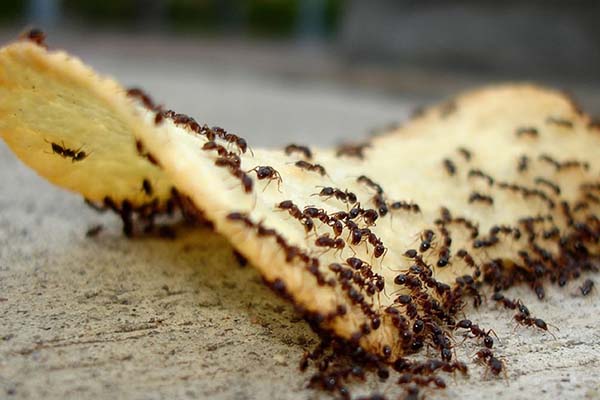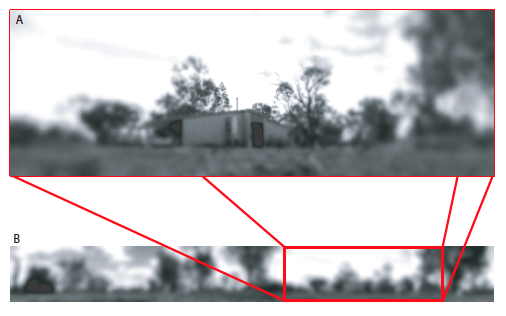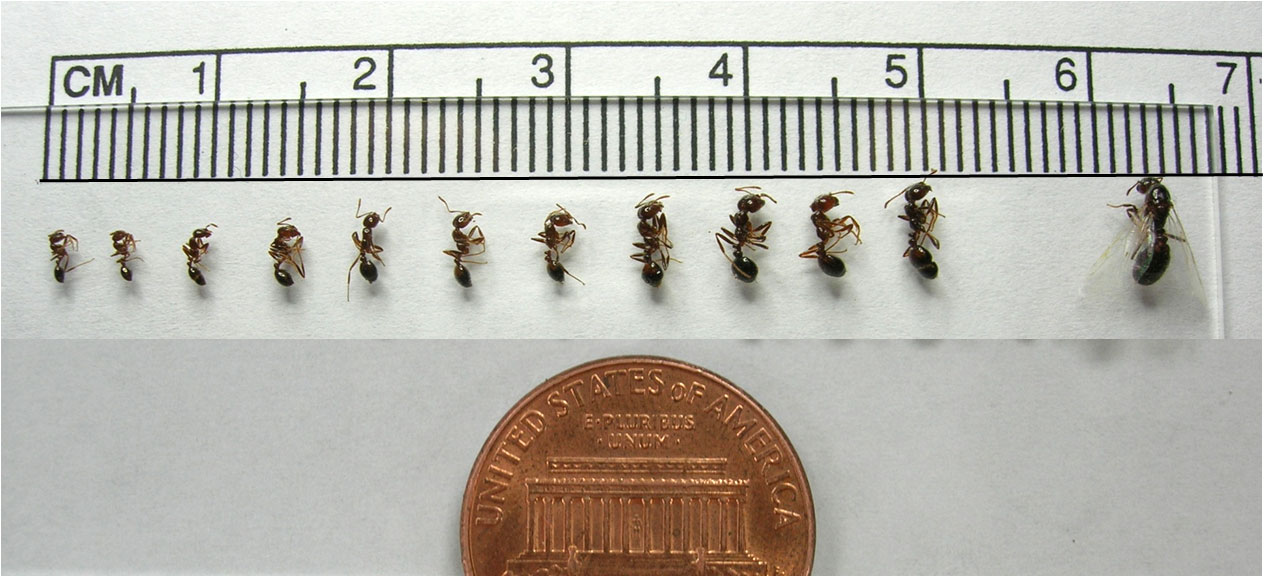Here’s what you need to know to keep ants out of your home!
You first have to figure out how they’re gaining access inside and then what type of ant is actually invading your home. Fortunately, the experts at Massey Services can identify how the ants are getting in, the species of ant you’re dealing with and finally, put together an action plan to eliminate them and prevent them from coming back!
So while the professionals are at work, here are a few interesting facts about ants published by Animal Planet and reproduced by Pest Management Professional (PMP) magazine.
Facts about Ants

- Ants can distinguish between sour, sweet, bitter and salty tastes.
- They have two kinds of stomachs: a traditional stomach and a crop. The food an ant eats for itself goes to the stomach. Food it shares with others is stored in the crop. The ant spits up this food to feed other ants and larvae. (Hungry ants can tap antennae to ask for food).
- Some species of ants have compound eyes and well-developed vision, while others have simple eyes that can distinguish only between light and dark. Some species are blind and rely on other senses to survive.
One of the keys to keeping ants out of your home is to remove food sources that attract ants. Chips and crumbs (salty items) are two of the most common food sources that attract ants into your home.

- The ant’s most highly developed sense is its sense of smell. Their abdominal glands secrete various pheromones that cause specific reactions from other individuals. Pheromones act as alarms, sex attractants and trail markers; and they help individuals recognize each other.
- Tropical rain forests are bursting with insect life. If all animals in the Amazon rain forest were weighed, many scientists think ants and termites would consist of one-third the weight.
- Ants vary in length from about 1/16 inch to almost 2 inches. Most species are red, black, brown or yellow, and some are green or metallic blue.

Homeowner Tips to Prevent Ants
- Keep kitchens and other dining area clean and free of crumbs and spills.
- Eliminate sources of moisture or standing water. Be especially vigilant in protecting crawl spaces, basements and attics.
- Keep tree branches and shrubs cut back from the house. These can provide “pest highways” into your home.
- Seal cracks and crevices around the outside of your home, including around doors and windows. Ants commonly use these to get into your home.
- Make sure that firewood and building materials are not stored next to your home.
There are many more interesting facts about ants but we also know you don’t want them in your home.